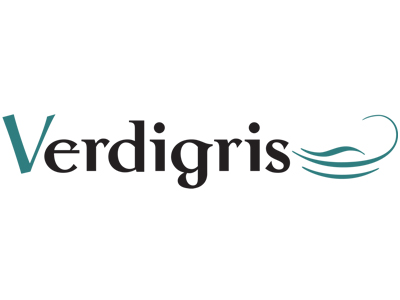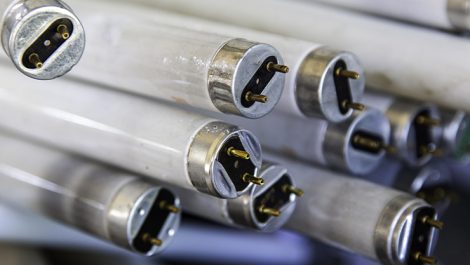It was probably enough to have one blog on the COP24 climate change conflab recently held in Katowice, Poland. But this is such an important topic that we’re stretching it to one more, to share what is probably the most important outcome.
Much of the graphics industry generally responds to environmental anxieties with a collective yawn, even though there are plenty of reasons why we should be paying attention. At the very least climate change is a collective responsibility. Awareness of print’s sustainability is another sound reason, as is being equipped to answer questions from inquisitive clients.
They might be interested to know that the COP24 has collectively developed a rule book to help participating entities put the 2015 Paris Agreement into practise. Countries will be approaching the problem using the same rules. As has been widely publicised the Paris agreement is to keep the planet’s overall temperature rise to within 1.5º Centigrade and no more than 2º Centigrade. The rule book is a tool taking this commitment from abstraction to action and reality. 2800 points of contention were outlined in presummit drafts of the rule book, and were mostly resolved. This is an astonishing testament to the earnest dedication of the parties involved in developing the rule book.
It was also confirmed that rich countries are to pay for poor countries’ efforts to curb their emissions and adapt to the effects of climate change. Significantly China accepted common rules for country emissions, leading the way and encouraging other developing countries to also accept them. They also agreed that failing to comply with the rules would mean that countries have to explain why, and outline how they plan to ensure compliance in the future. This is a big step forward and ensures a common approach and an environment for sharing best practises.
We should all be impressed with this progress. Balancing the interests of 200 participants with wildly divergent experiences of climate change aspects and impacts is huge. Now we have a starting point and a framework from which to grow and build for future climate change mitigation efforts.
There is still much to be done however. For instance little progress was make on carbon trading, which remains hobbled and uncoordinated across different geographies. However carbon trading exchanges are vital in the fight to avoid the 3º Centigrade increase in global temperatures we are currently on track for. We haven’t even begin to address the issue of decarbonising economies.
What should the graphics business do about all this? Nothing more than it is already doing, isn’t an option. We must all continue working to raise awareness of environmental aspects and impacts of the graphics industry, and keep driving improvements in production investments, technologies and tools to facilitate and make accountable print’s recycling.
– Laurel Brunner
This article was produced by the Verdigris Project, an industry initiative intended to raise awareness of print’s positive environmental impact. This weekly commentary helps printing companies keep up to date with environmental standards, and how environmentally friendly business management can help improve their bottom lines. Verdigris is supported by the following companies: Agfa Graphics, EFI, Fespa, HP, Kodak, Kornit, Ricoh, Spindrift, Splash PR, Unity Publishing and Xeikon.





